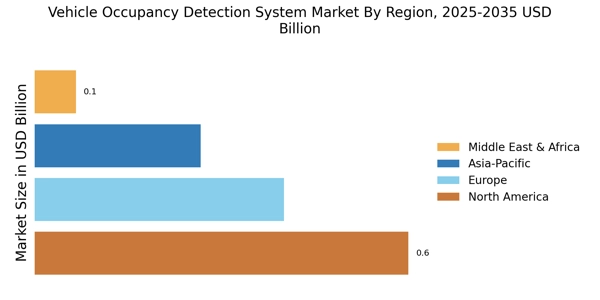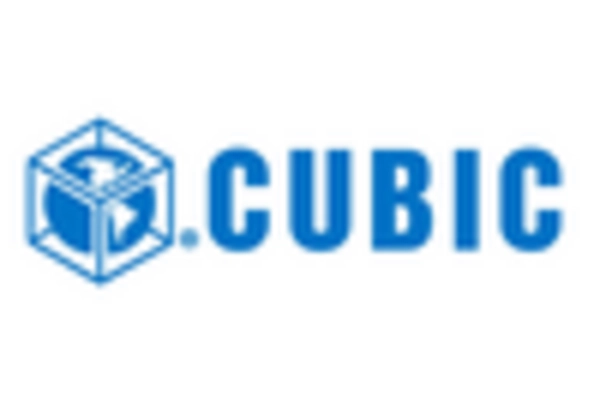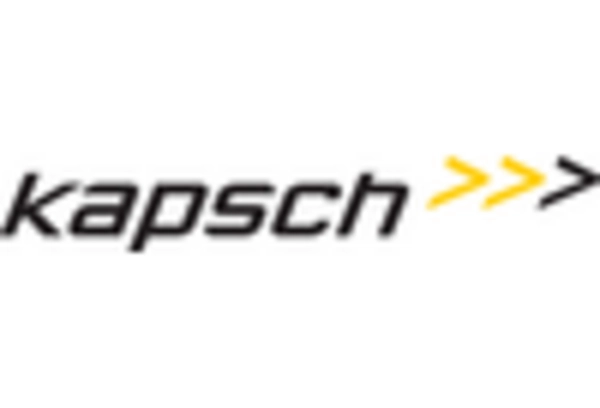The Vehicle Occupancy Detection System Market is currently characterized by rapid technological advancements and increasing demand for efficient vehicle management systems. As cities around the world seek to enhance transportation efficiency and reduce congestion, the need for reliable vehicle occupancy detection solutions has become more pronounced.
The competitive landscape of this market is shaped by key players who are continually innovating and improving their offerings. Factors such as the integration of artificial intelligence, machine learning, and IoT technologies are driving competition, while governmental regulations and environmental concerns push organizations towards adopting smarter and more sustainable solutions.
As the market evolves, organizations must navigate a landscape that is dynamic and primarily defined by collaboration, strategic partnerships, and the quest for superior data analytics capabilities.
Cisco Systems has established a solid presence in the Vehicle Occupancy Detection System Market, leveraging its strengths in networking infrastructure and software solutions. The company is known for its innovative approach to enhancing vehicle communication systems that facilitate real-time occupancy data collection and analysis.
Cisco's extensive expertise in cybersecurity also adds a significant layer of trust to its offerings, ensuring that data integrity and user privacy are maintained.
With a proven track record in developing scalable solutions for smart cities, Cisco Systems delivers the necessary technology backbone that enables municipalities and organizations to implement and manage vehicle occupancy detection systems more effectively.
The company's investments in research and development allow it to stay ahead of market trends and create next-generation solutions, reinforcing its role as a leader in this competitive landscape.
Honeywell is another prominent player in the Vehicle Occupancy Detection System Market, recognized for its extensive portfolio of automation and detection technologies. The company excels in offering advanced sensors and analytics platforms that enhance vehicle occupancy monitoring capabilities.
Honeywell's robust infrastructure provides high accuracy and reliability in detecting occupancy across various types of vehicles, making it a preferred choice for many municipalities and transport operators. Its strong focus on innovation, coupled with comprehensive customer support services, allows Honeywell to meet diverse customer needs effectively.
The integration of Honeywell's solutions with existing smart city frameworks positions it uniquely in the market, allowing for seamless interoperability, thus enhancing overall transportation efficiency while contributing to the reduction of traffic congestion and improved air quality.

















Leave a Comment